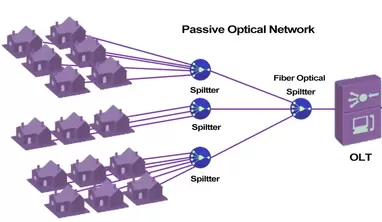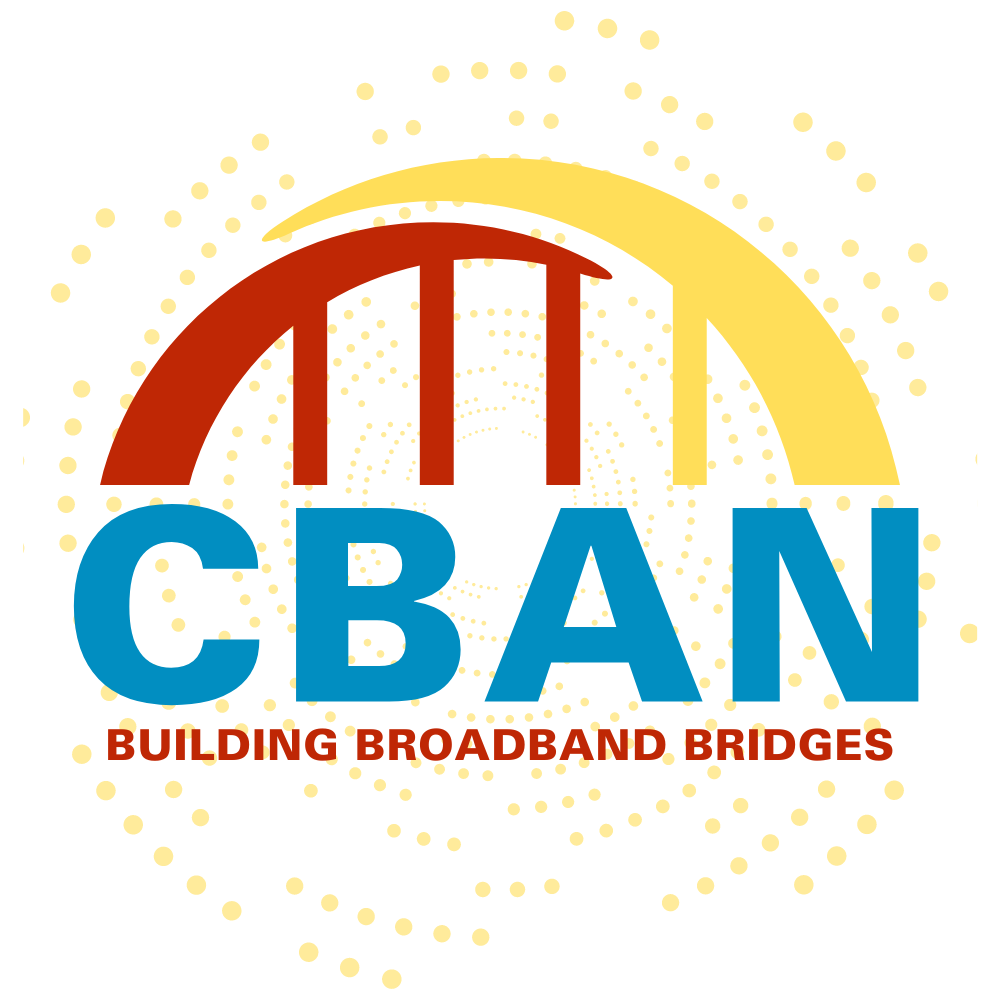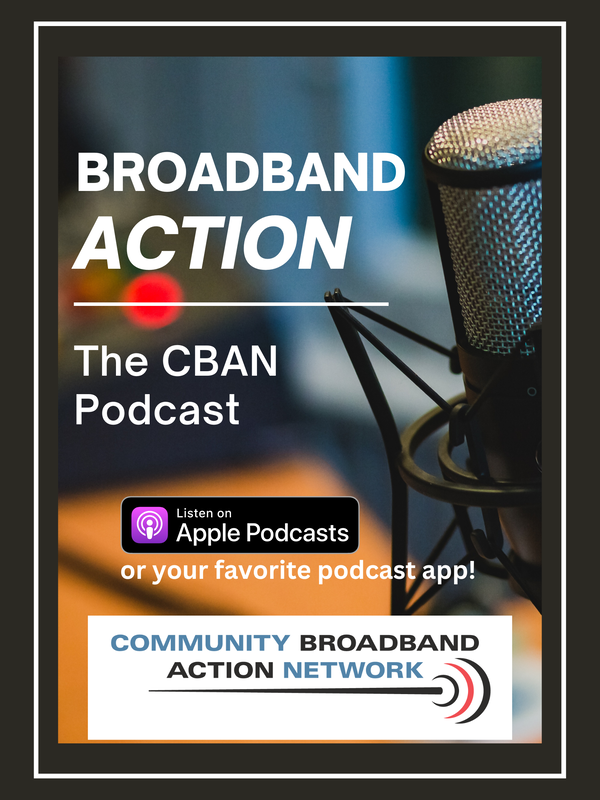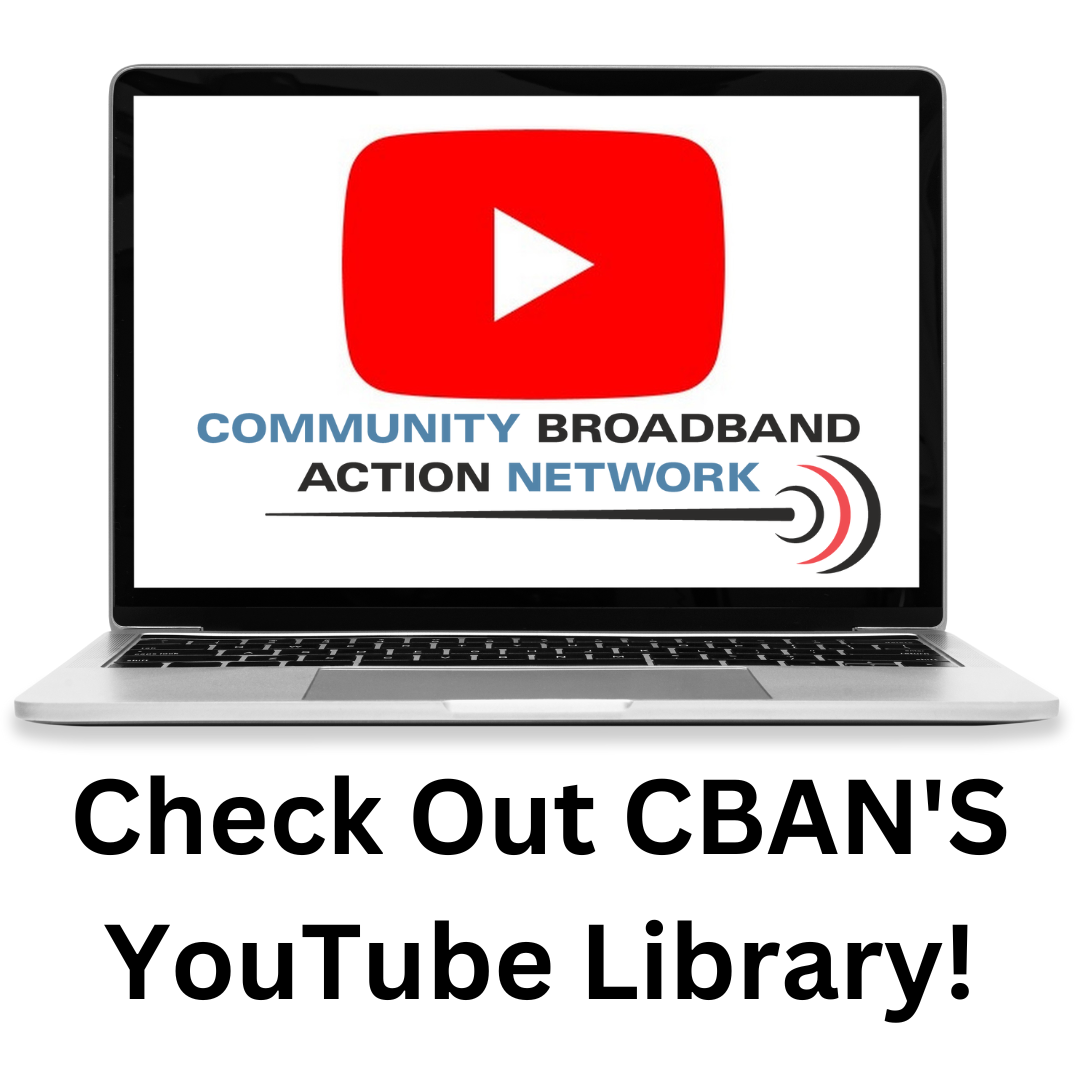 Most fiber optic networks use a technology called "Passive Optical Networks" or PON to bring broadband from a central office/data center to the end user. PON networks have several advantages, including the fact that they don't require any powered equipment between the data center and the user's home or business. That's where the word "passive" comes from. Up until just a couple of years ago, most networks utilized a platform called GPON. GPON networks are capable of handling up to 2.5 Gbps in aggregate data downstream (from data center to user) and either 1.2 Gbps or 2.5 Gbps upstream (from the user back to the data center), depending on the standard used for the equipment. The GPON standard has been around for 20 years and while it can still support amazing broadband experiences, the need for more bandwidth has tasked engineers with doing better. Enter XGS-PON, the new standard when deploying a fiber network. Using the exact same fiber as a GPON network and using upgraded electronics on either end, XGS-PON allows providers to offer speeds of up to 10 Gbps in each direction. It's the solution that several CBAN provider members have in their networks today. One of the amazing things about fiber optics is that, once the glass is in the ground, it can support electronics upgrades to improve bandwidth. At least one manufacturer (Nokia) is deploying 25 GPON (25 Gbps bidirectional). Others are working on 40 GPON. And as this article in Telecompetitor points out, work is underway to develop a 100 GPON standard. The main takeaway is that a lot of really smart people are working behind the scenes to make sure that fiber optic networks will be able to keep up with growing consumer demand for bandwidth for many years to come.
1 Comment
5/17/2023 02:23:25 pm
XGS-PON has to use FEC (Forward Error Correction) which adds overhead, limiting actual achievable bandwidth to about 8.5 Gbps.
Reply
Leave a Reply. |
Broadband Bytes NewsPresented by the Community Broadband Action Network and curated by Curtis Dean. Archives
July 2024
Categories
All
|




 RSS Feed
RSS Feed
